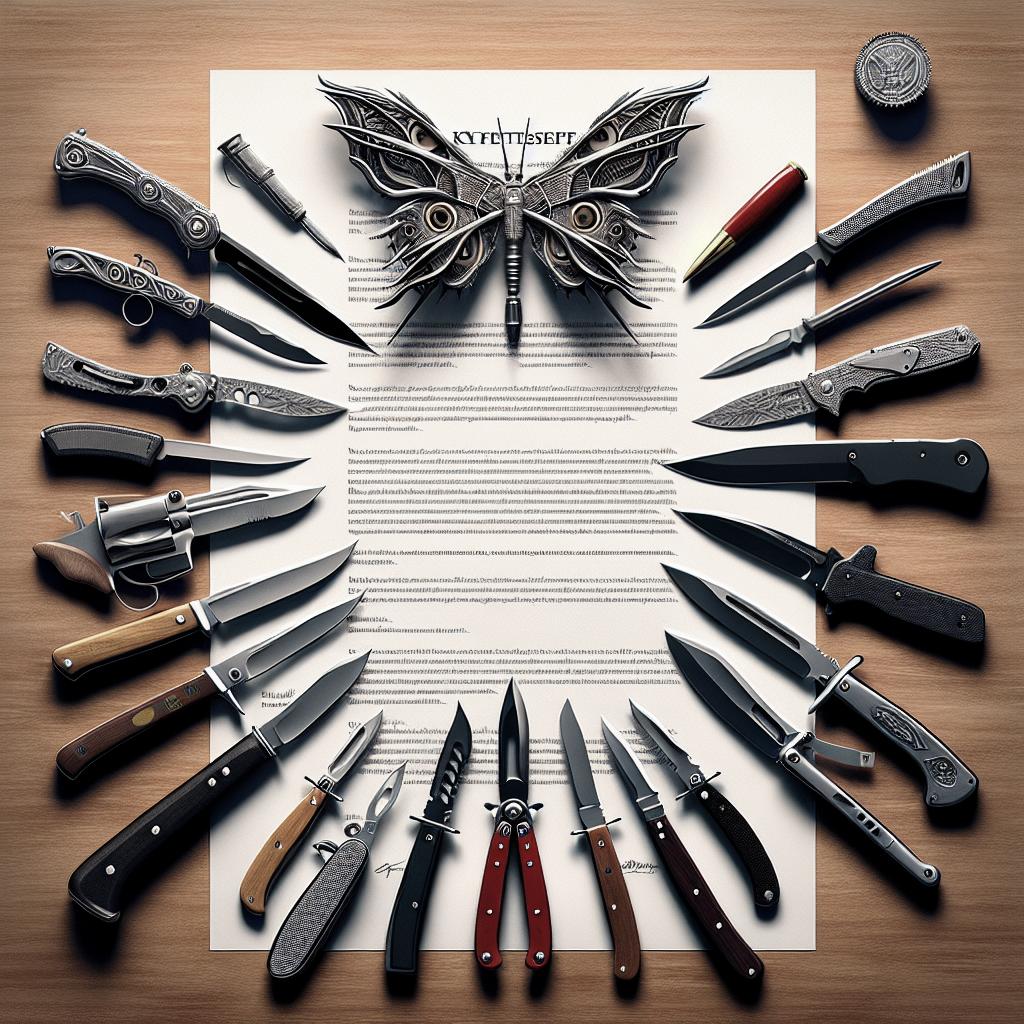Choosing Knives for Specific Cuisines
When it comes to crafting dishes from diverse cuisines, the knife is a chef’s most essential tool. Selecting the right knife not only makes preparation easier but can also significantly influence the outcome of the dish. In this article, we explore the critical aspects of choosing knives tailored to specific cuisines. From design and material choices to understanding the types of steel, and the benefits of various blade grinds, each factor plays a role. Price points also matter, as they often indicate quality levels and expected performance. This guide will help you confidently navigate the complex world of knives, enabling you to make informed choices for enhancing your culinary skills.
Design and Material
The design of a knife is tailored to the type of tasks it is intended to perform. For instance, Japanese cuisine often requires a knife with a sharper edge that can perform delicate cuts, such as the Santoku or the Nakiri knife. These knives generally have a thinner blade and are often made of harder steel, which maintains a sharp edge for longer periods. In contrast, Western knives like the Chef’s knife tend to have a more robust and heavier build, allowing them to handle a variety of tasks such as chopping and mincing.
Material is equally important in knife design. Stainless steel is a popular choice due to its resistance to corrosion, however, high-carbon steel is praised for its sharpness and durability. Some culinary enthusiasts prefer ceramic knives for their lightweight nature and retention of sharpness, but they are more fragile compared to their metal counterparts.
General Rules in Choosing the Blade Design
Blade design is critical to efficiency and safety in the kitchen. A knife with a curved edge, such as a Chef’s knife, is conducive to a rocking motion for chopping, making it ideal for Western cooking styles. Conversely, knives with straight edges are better suited for up-and-down chopping movements, which are common in Asian cuisines.
The size of the blade is another consideration. Longer blades are great for slicing through large pieces of meat or fish, while shorter blades provide more control and precision for smaller, intricate cuts. Ultimately, the choice of blade design should align with the type of food preparation you usually engage in.
Basic Differences Between Different Types of Steel
Not all steel is created equal, especially when it comes to knife manufacturing. Stainless steel, widely used in knife making, is famed for its resistance to rust and staining, making it a low-maintenance option. It also tends to be more affordable, although it may not hold an edge as well as high-carbon steel.
High-carbon steel, often used in professional-grade knives, is known for its superior sharpness and edge retention. It is harder and thus maintains its sharpness longer, although it requires more care to avoid rusting. On the other hand, Damascus steel boasts beautiful patterns and combines different metals for strong and flexible blades, though often at a higher price point.
Advantages of Laminated Steel Blades
Laminated steel blades blend the strengths of multiple types of steel into a single blade. These knives typically feature a harder core enveloped by softer, more resilient steel, combining the advantageous properties of both. This results in a blade that is extremely sharp and resistant to breakage.
Another benefit of laminated blades is their ability to maintain an edge while being less prone to chipping compared to pure hard steel knives. This is particularly important when preparing cuisines requiring delicate cuts since the blade retains its integrity and precision over multiple uses.
Chisel Ground or Double-Bevel Blade
In knife construction, the blade’s grind significantly influences its cutting performance. Chisel-ground blades, with one side flat and the other sharpened, are often found in traditional Japanese knives like the Yanagiba. This design allows for extremely fine slicing, essential in preparing sushi or sashimi.
Double-bevel blades, however, are the more common configuration found in Western knives. Both sides are ground to form the cutting edge, offering more versatility for various cooking techniques. This type of grind is ideal for those looking for a multipurpose kitchen tool rather than specializing exclusively in a particular culinary style.
Price
The price of a knife often reflects its quality, materials, and craftsmanship. High-quality knives made from premium materials, such as high-carbon or Damascus steel, come with a higher price tag but offer superior performance and longevity. They are a worthy investment for serious cooks who want precision and durability.
However, budget-friendly options are available that do not compromise significantly on performance. Well-made stainless steel knives, while more affordable, can be a practical choice for those just starting or who prefer easy maintenance. Ultimately, finding a balance between cost and functionality will depend on your cooking needs and how often you plan to use the knife.
Next Steps
| Aspect | Description |
|---|---|
| Design and Material | Choose based on the tasks and cuisines; consider steel, ceramic, and weight. |
| Blade Design Rules | Curved for Western rock chopping; straight for Asian precise cuts. |
| Steel Types | Stainless for rust-resistance; high-carbon for sharpness; Damascus for beauty and function. |
| Laminated Steel Advantages | Combines hardness and flexibility; sharp with reduced chipping. |
| Chisel vs. Double-Bevel | Chisel for precision; double-bevel for versatility in various cuisines. |
| Price Considerations | High-price for quality and longevity; budget options for practical use. |


